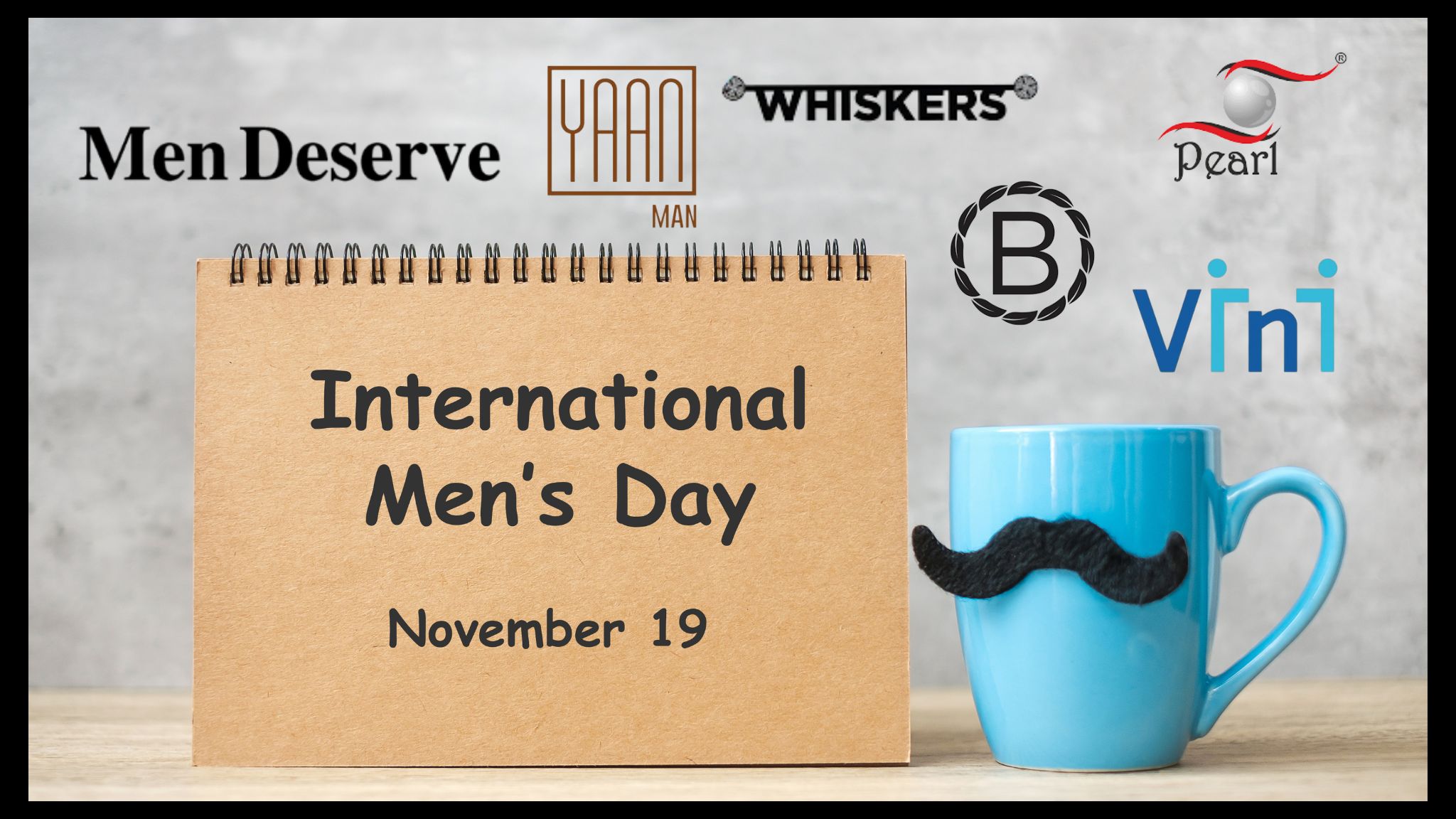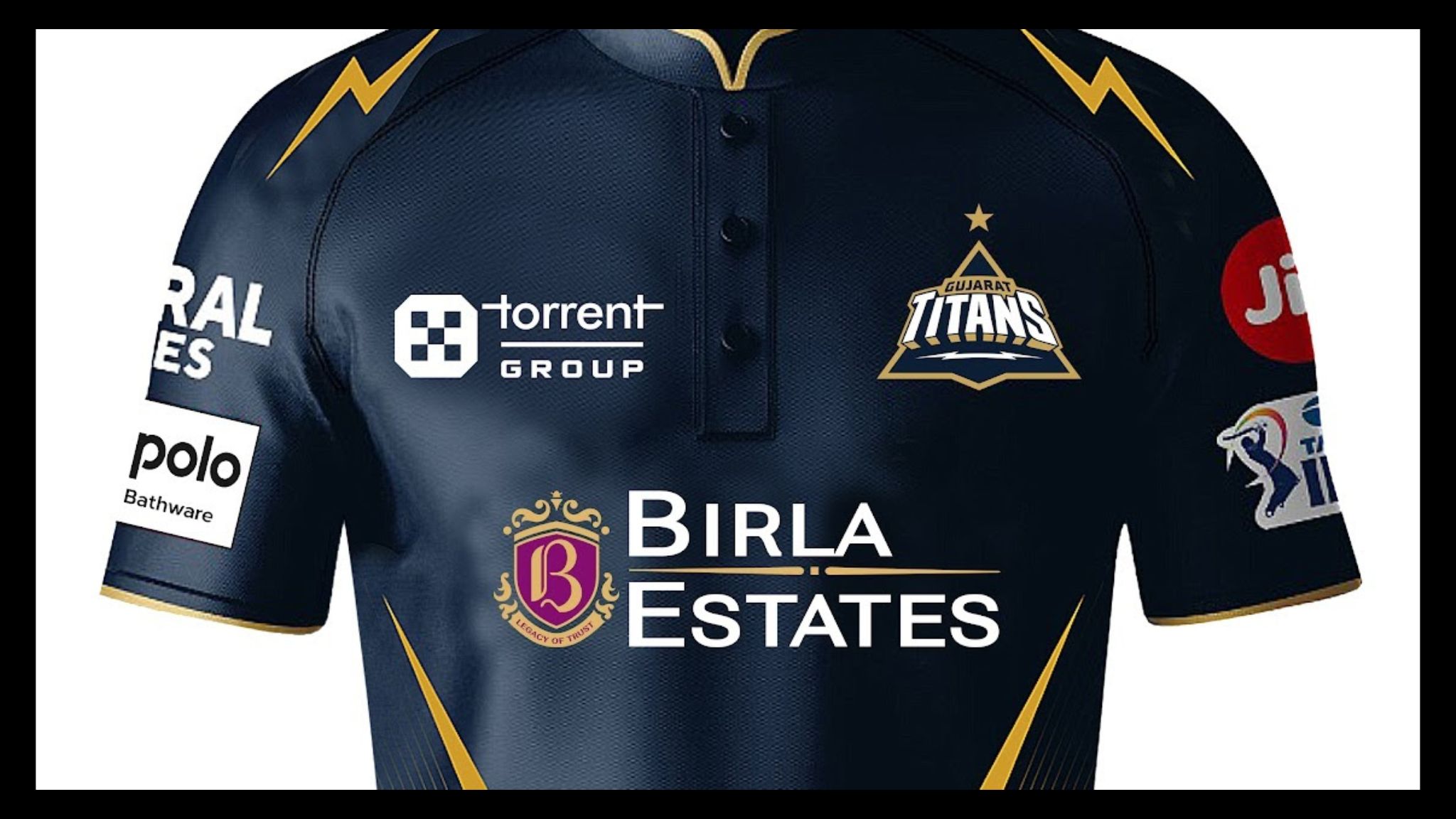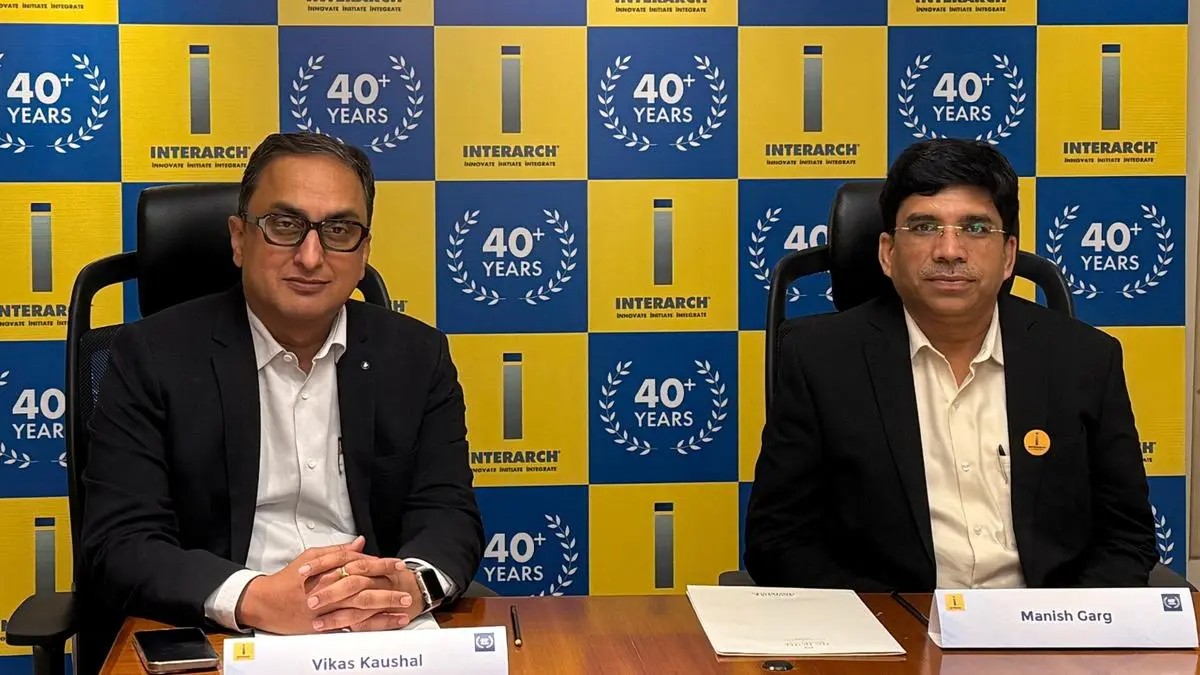Gujarat and Maharashtra together contributed over 21.4% to India’s GDP in 2022-23. Their strength holds in diverse domains such as production and services. For instance, the synergetic relationship is clear in the financial capital Mumbai and the industrious city of Ahmedabad. CareEdge Ratings’ report for 2025 puts Maharashtra on top with a composite score of 56.5 while Gujarat claims second with 52.4 putting emphasis on declaring the economic strength of both states. This synergy is not new. It started during the 1960s when both states came into existence giving rise to a competitive collaboration. Not only have their economies propelled the region’s development but has also fostered the overall economic development of India.
Golden Threads of History: Connecting Ties of Trade
The economic engagement of Gujarat with Maharashtra has its roots embedded since ancient times. The coastal towns of Gujarat, with Bharuch in forefront, powered enhanced trading with empires as far as Egypt and Persian Gulf. This inter-state trade was abundant even after the formation of states in 1960. Changing times diverged this age-old trade into industrial collaboration. Today India is one of the leading producers of textiles, diamonds, and produces a good amount of pharmaceuticals enabling inter-state trade. This powerful example demonstrates how shared traditions can lead to increased synergy in business relations.
Industrial Synergy: Textiles, Diamonds, and Pharmaceuticals

Both Gujarat and Maharashtra are responsible for some of the finest innovations goods whose industrial structure assimilates both states’ economies. Gujarat is the best in polishing diamonds and pharmaceuticals. Its best performers are in Surat and Ahmedabad. Mumbai centers the textile and financial services industry. This cross business integration creates optimal conditions for a smooth flow of goods and products for both states.
Collaborative Finances: Investment Centre and Stock Exchanges
Gujarat International Finance Tec-City (GIFT City) is an emerging financial center for the world and India. India’s international financiers like JPMorgan and HSBC are rushing over towards the region. The Bombay Stock Exchange (BSE), world’s 6th largest stock exchange, is located in Mumbai.
Mumbai-Ahmedabad Corridor
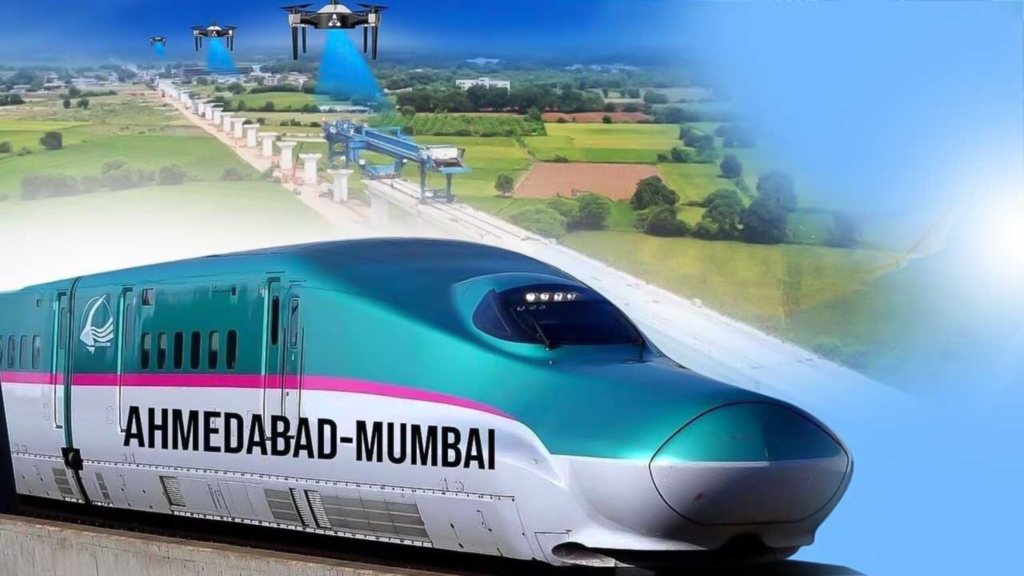
The Mumbai-Ahmedabad corridor is a reflection of the two states’ economic interaction. The Mumbai–Ahmedabad High-Speed Rail Corridor currently under construction seeks to improve ease of access, shorten journey durations, and promote commerce for greater business relationships for industry. This project will graphically enhance the business interactions of the two states, further accelerating the growth in interdependence economically of these regions. This 508 km project is expected to be completed by the year 2028.
Investment Flows and Business Relocation
Many businesses have the luxury of moving across both states due to the benefits each has to offer. For example, companies might be headquartered in Mumbai for good financial connections with their manufacturing units located in Gujarat due to its industrial infrastructure. Such geographic operational allocation improves business performance and encourages inter-state investment.
Port Infrastructure: Gateways to Global Trade
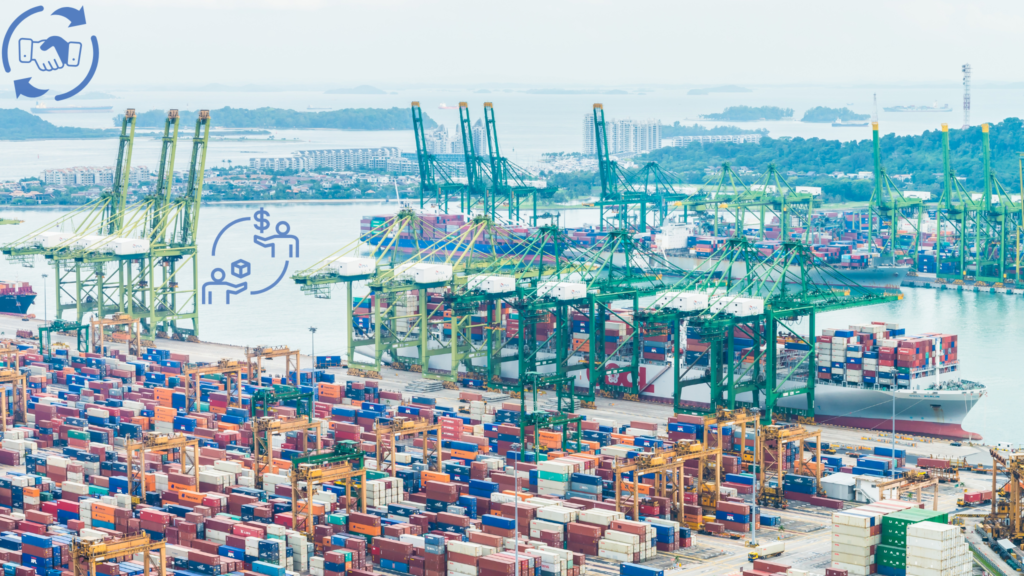
Maharashtra and Gujarat trade extensively with ports as the mediator. Mundra port of Gujarat is the largest commercial port in India. It is operated by Adani Ports and handled approximately 155 million tons of goods during 2022–2023. The Jawaharlal Nehru Port or Nhava Sheva in Maharashtra is the largest cargo port in India. These ports guarantee planning and execution of trade and movements smoothly.
Economic Additions Along Affinities: Languages and Cultures
In a way, cultural resemblance of festival celebrations and language between Gujaratis and Maharashtrians eases doing business. All these factors are fundamentals in any business engagement. The aid of a collaborative spirit of mutual trust and understanding strengthens economic partnerships.
Influential Business Leaders Bridging the States
- Gautam Adani: Originating from Gujarat, Adani’s corporate enterprises, notably energy projects, have considerable activities in Maharashtra.
- Harsh Mariwala: Chairman of Marico, a Mumbai-based corporation with production plants in Gujarat, exemplifying cross-state commercial cooperation.
- Niraj Chandra: MD of Atul Auto Ltd., a company with a large customer base in Maharashtra and based in Rajkot with emphasis on intra-state trade.
- Karan Adani: Managing Director of Adani Ports, operating in both Mundra in Gujarat and Nhava Sheva in Maharashtra and enabling trade between them.
- Nirmal Jain: Founder of IIFL Group with a solid presence in both Ahmedabad and Mumbai, bringing financial services together in the regions.
Conclusion
The conjunction between Gujarat and Maharashtra is physical and bi-directional flow of economic activity, strategic synergies, and sociocultural integration. The economic progress of both states are enhanced and synthesised more deeply through nationally integrated advanced infrastructure like ports and stock exchanges, fuel-rich tech parks integrated with industrial synergy. This cooperation over decades is what most differentiates this relationship. In the era of modern development, collaborative initiatives complement each other, transforming the competitive landscape into a unified front. As these two states approach the advancement of India’s future by shifting focus to its growth control, it’s clear there’s no competition but solely cooperation. For more, stay tuned to Gujpreneur.


